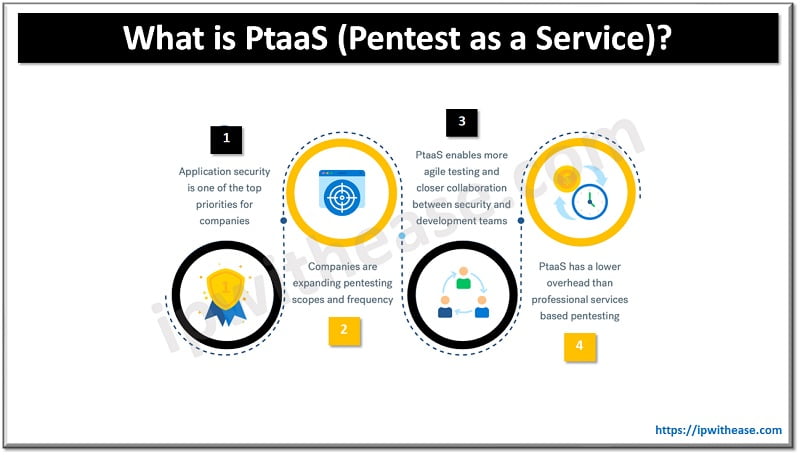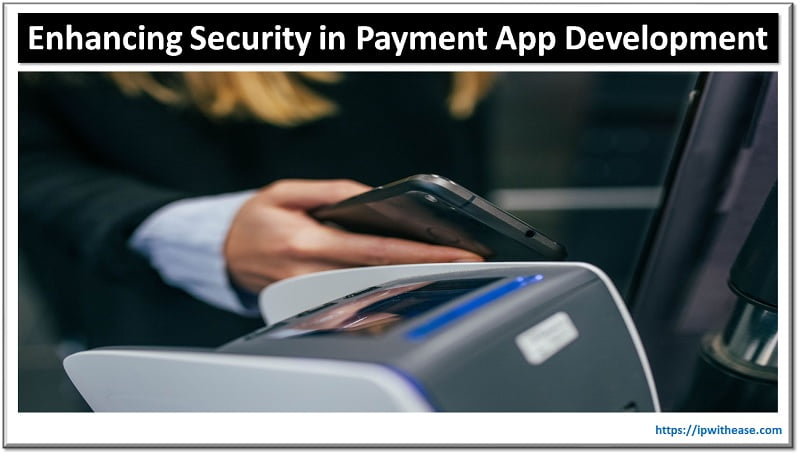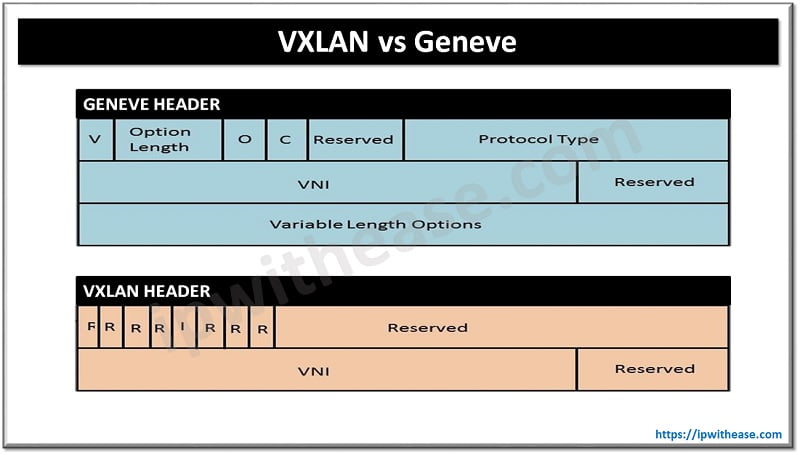Pentest as a Service (PtaaS) is a type of security assessment that helps organizations identify and address potential vulnerabilities in their IT infrastructure. It involves the use of automated tools and manual techniques to simulate an attack on the system, uncovering any weaknesses that malicious actors could exploit. PtaaS is different from legacy penetration services in several ways.
For one, it offers more comprehensive coverage, as it can test both internal and external systems. PTaaS is also more cost effective than traditional penetration services, requiring fewer resources to conduct tests. Furthermore, PtaaS typically provides faster results due to its automated nature, allowing organizations to quickly identify and address any potential vulnerabilities before they are exploited.
Finally, PTaaS offers greater scalability than legacy penetration services, allowing organizations to easily adjust their testing needs as their IT infrastructure evolves over time.

Cost comparison: PtaaS vs. Legacy Penetration Services
There are several factors to consider when it comes to cost comparison between PtaaS and legacy penetration services.
- Pentest as a Service is typically more cost-effective than legacy penetration services due to its scalability and flexibility.
- With PtaaS, you can scale up or down depending on your needs, allowing you to pay only for the services you need.
- PtaaS offers more comprehensive coverage than legacy penetration services, often requiring additional fees for additional tests or features.
- PtaaS is often faster and more efficient than legacy penetration services since it can be automated and requires less manual labour.
- Pentest as a Service is usually more secure since it utilizes the latest technologies and techniques to identify and address all vulnerabilities quickly.
PtaaS and Speed: An Unbreakable Link?
Penetration testing, or pentesting, is essential to any organization’s cybersecurity strategy and can help protect against malicious attacks. However, one of the biggest challenges with PtaaS is speed. Organizations need to be able to quickly identify and address any potential security issues before they become a problem. This means that the speed of the PtaaS must be as fast as possible.
Fortunately, there have been recent innovations and also several ways to ensure that your pentest is completed quickly and efficiently.
- One way is to use automated tools such as vulnerability scanners which can quickly scan for known vulnerabilities in your system.
- You can also use cloud-based solutions, allowing you to access the latest security updates faster than ever.
- By combining these strategies, you can ensure that your pentest is completed quickly and effectively while still providing maximum protection for your organization’s data and systems.
Who can reap the rewards of PtaaS?
Pentest as a Service (PtaaS) can be of immense help to organisations as it will help them identify any potential vulnerabilities in their systems, allowing them to take the necessary steps to protect themselves from cyberattacks. The rewards of PtaaS can be reaped by both large and small businesses alike.
- For larger organizations, PtaaS can provide an efficient and cost-effective way to test their security systems on a regular basis. This helps them stay ahead of the curve regarding cyber threats, ensuring they remain compliant with industry regulations and standards.
- Smaller businesses may not have the resources or budget for an in-house security team, but they can still benefit from PtaaS. By outsourcing their security testing needs, they can save time and money while still ensuring that their networks are secure. They can also gain access to experienced professionals who understand the latest trends in cybersecurity and how best to protect against them.
Leveraging emerging technologies in PtaaS
Leveraging emerging technologies in PtaaS can help organizations stay ahead of the curve and ensure that their systems are secure. For example,
- Artificial intelligence (AI) is used to automate certain aspects of the pentesting process, such as identifying vulnerabilities and analyzing attack patterns.
- Machine learning algorithms are also used to detect malicious activity and alert security teams when suspicious behaviour is detected.
- Cloud-based solutions usually provide organizations with access to powerful computing resources that would otherwise be unavailable due to cost or other constraints. Such technologies enable organizations to gain greater visibility into their security posture and quickly identify any potential threats before they become a problem.
Continue Reading:
Network Penetration Testing: What, Why, and How
Introduction to Zenmap (NMAP): Network Mapper
ABOUT THE AUTHOR
IPwithease is aimed at sharing knowledge across varied domains like Network, Security, Virtualization, Software, Wireless, etc.



